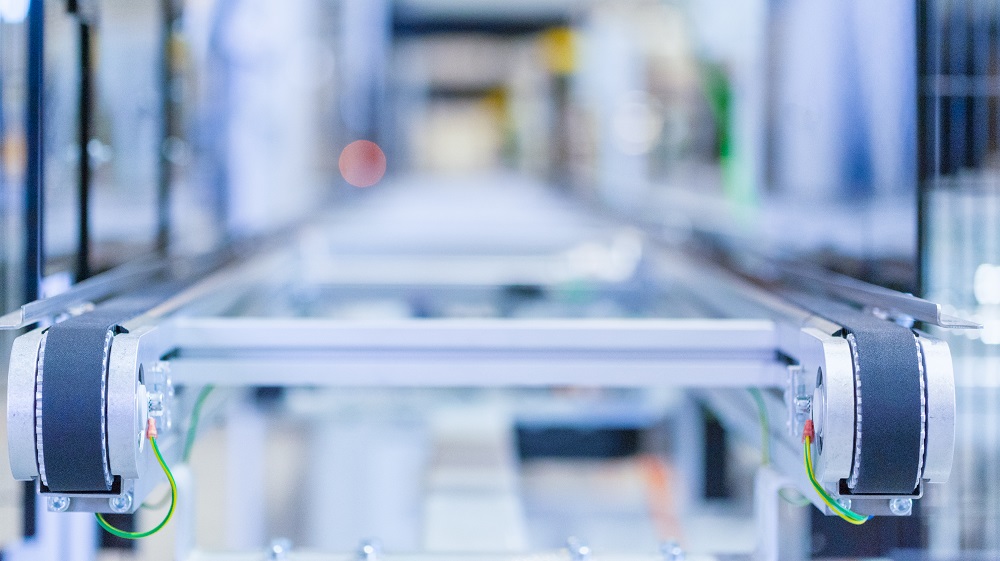The disadvantages of offshored manufacturing started to offset its financial advantages roughly a decade ago. Since then, manufacturers have been recalibrating their production strategies to meet the constantly changing market demands. Several aspects now advocate investments in small, local, and highly-automated microfactories, rather than offshoring, or building large mass-production plants. This blog describes ten benefits manufacturers can gain with microfactories in 2021 and beyond!
Manufacturing Strategies Are Evolving
Manufacturing technologies have evolved significantly over the past two decades. Most of the products are still manufactured in traditional factories often offshored to low-cost regions. Offshoring has helped manufacturers achieve economies of scale and reduce costs. However, the global offshoring trend started to decline in 2010 because of increasing labor costs in the low-cost countries, various supply-chain challenges, quality problems, and the growing customer preference for indigenous products. Consumer demand is changing toward favoring customized, premium-priced products, instead of the mainstream, to better reflect buyers’ individual personalities. The traditional offshored mass-production is not suitable for addressing small, rapidly changing market segments. This new landscape drives manufacturers to evolve their offshoring strategies to reshoring or rightshoring production back to the local markets. The global COVID-19 pandemic disrupted supply chain globally in 2020, accelerating the microfactory trend radically.
The transition from Traditional Factories to Microfactories
Considering the highly segmented and rapidly changing consumer dynamics, along with the challenges of offshored mass-production, manufacturers are now evolving their strategies toward operating a network of small, local, or distributed manufacturing units. This strategy shift finally opened the avenue for microfactories, which are optimal for highly automated, small- and medium-scale manufacturing close to the markets, allowing manufacturers cost-efficiently and flexibly to produce small batches of customized products suitable for local taste.
Benefits of Microfactories
Many forerunner and tech-savvy enterprises are seeing clear benefits in investing in the microfactory concept. Here is a rundown of the primary benefits you can gain with a microfactory.
- Increased Innovation – Microfactories are flexible, and highly automated units that increase innovation. They allow you to ramp-up new configurations quickly to test new ideas on the small scale without affecting overall costs.
- Minimized Investment and Ramp-up Time – A modular microfactory enables you to customize and implement the assembly line configuration and capacity according to the needs. The microfactory delivery time can be up to 30% faster than in a customized automation system. And, the onsite deployment time can be up to 90% faster – in fact, a microafactory can be installed even in one day.
- Higher Product Quality – Low product quality is one of the biggest offshoring challenges. With a microfactory, on the other hand, you can increase product quality, reducing costs, customer reclamations, and waste while increasing profitability.
- Supply-chain Optimization – By optimizing supply-chains with small, local, or distributed microfactories, you can reduce the delivery time compared to offshored Asian production. Local manufacturing saves costs through the reduced working capital and higher resiliency against global disruptions. It decreases logistics costs, inventory, waste, and lead times, and increases forecasting accuracy.
- Customized Mass-production – The ongoing trend of product customization and personalization requires agile, small-scale manufacturing facilities, such as microfactories. You can easily modify a modular microfactory platform, such as ANT Plant to produce a high product mix, run short batches cost-efficiently, and scale capacity when needed. You can address narrow markets segments, and serve multiple seasons in a year with several regional variations and small volumes.
- Cost Savings – Small microfactories require only limited floor space and operational staff compared to traditional factories, reducing also the consumption of energy and raw materials and bringing radical cost savings.
- IPR Protection – Offshoring and outsourcing production always imposes a risk of jeopardizing your immaterial property rights (IPR) and know-how. With a microfactory, you can maintain complete control of your manufacturing process and protect IPR throughout.
- Faster Delivery Time – avoids missing out on sales during high demand or alternatively producing excessive goods on stock.
- Higher Sales Margin – With a local microfactory, you can benefit from the price-premium of locally made products (Made in the USA, Made in Europe) and grow sales margin. Domestic products can also open access to the public procurement markets.
- Lower Risks – Investing in automation comes with risks, especially in the case of large traditional manufacturing plants. A microfactory, however, minimizes the investment risks. A modular microfactory platform is pre-verified, and the modules and interfaces are tested end-to-end. It can be deployed locally, near other operations. EID Robotics provides you a full partnership, including in-depth automation technology know-how and 24/7 support.
Learn More about Microfactory Benefits
Contact EID Robotics to find out whether a modular microfactory is the right choice to support your production strategy.

